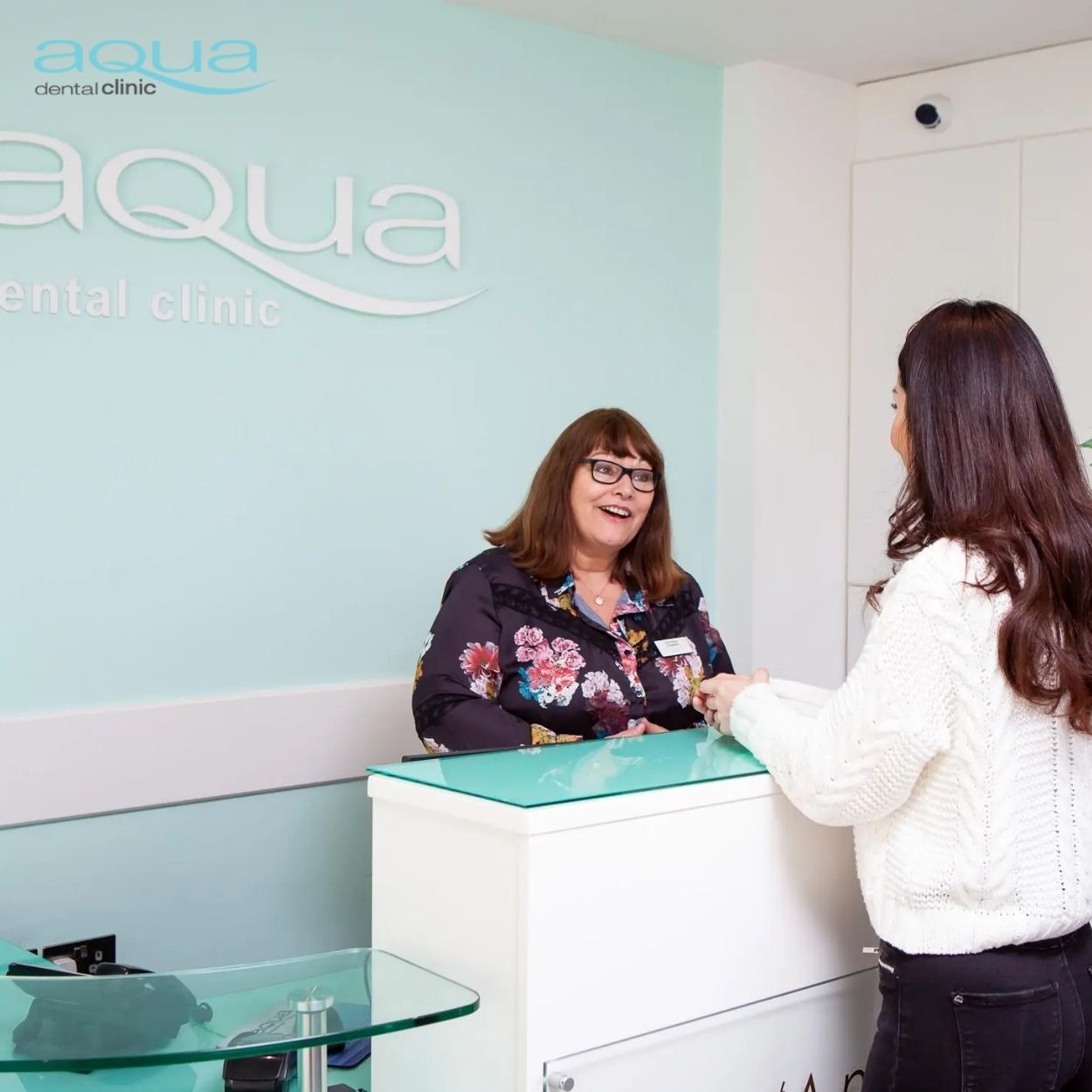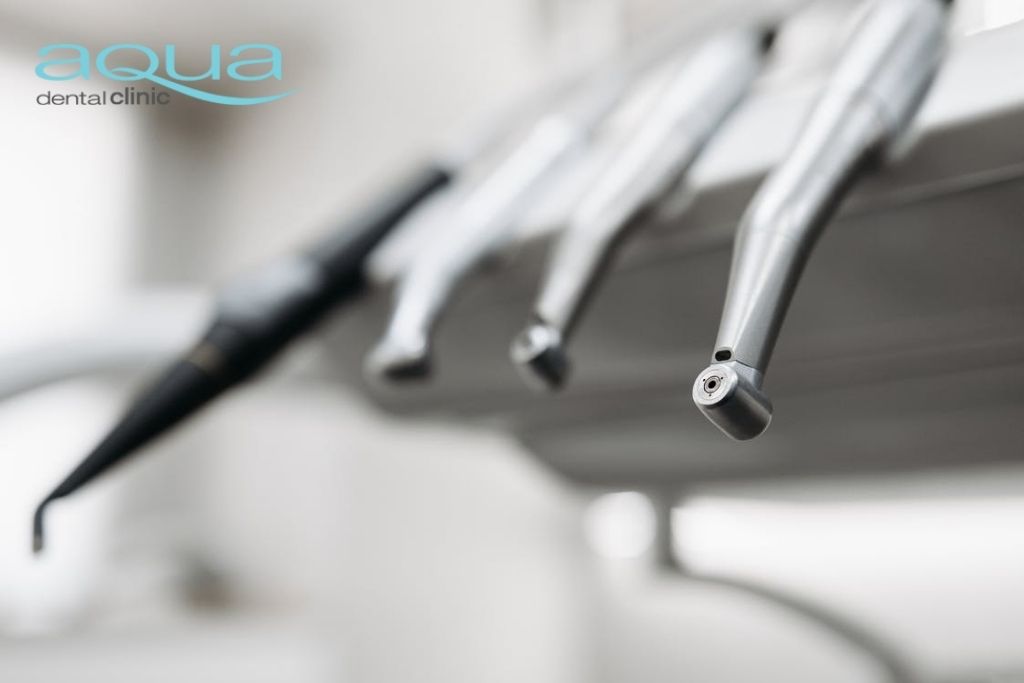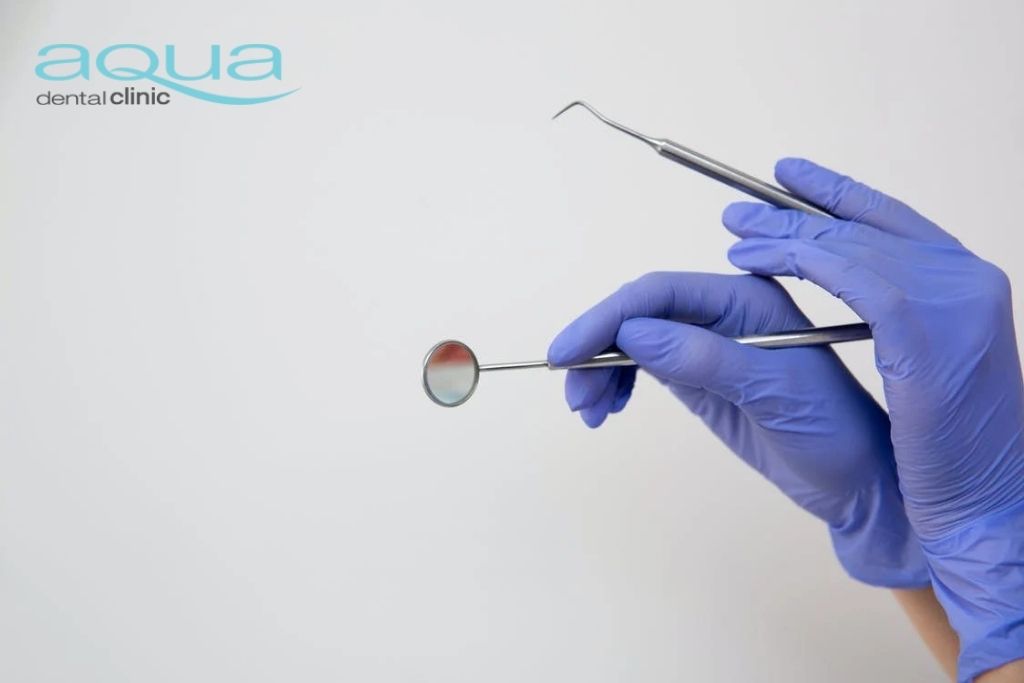Root Canal Treatment Purpose, Procedure & Cost
We're based in Pinner London. Root canal treatment from £465A root canal might sound daunting, especially if you live in London and don’t know who to turn to sort out the problem. But we’re here to tell you there’s nothing to worry about.
Root canal treatment is not painful and can save a tooth that might otherwise we would have to be removed. See tooth extraction.
A root canal is a protective dental procedure that involves the removal of the pulp (the soft centre) of the tooth. We are aware that NHS waiting lists are very long for root canal treatment and offer dental finance packages if this would help spread the cost of a root canal.
Monthly payments are approximately £39 per month.
For anxious patients, we offer relaxation therapies that provide comfort and calm the mind – it is our goal to create a serene environment for you to progress with your general treatments.
Get in touch
A root canal might sound daunting, especially if you live in London and don’t know who to turn to sort out the problem. But we’re here to tell you there’s nothing to worry about.
Root canal treatment is not painful and can save a tooth that might otherwise we would have to be removed. See tooth extraction.
A root canal is a protective dental procedure that involves the removal of the pulp (the soft centre) of the tooth. We are aware that NHS waiting lists are very long for root canal treatment and offer dental finance packages if this would help spread the cost of a root canal.
Monthly payments are approximately £39 per month.
For anxious patients, we offer relaxation therapies that provide comfort and calm the mind – it is our goal to create a serene environment for you to progress with your general treatments.
Most root canal cases are performed by an endodontist or one of our general dentists under local anaesthesia.
What causes damage to the pulp?
Pulpitis can occur in one or more teeth and is typically caused by bacteria that invade the tooth’s pulp, causing it to swell.
In teeth that are regarded as healthy, the enamel and dentist layers work to protect the pulp from infection.
However, when these protective layers become compromised, pulpitis occurs. As the pulp remains trapped inside the tooth’s walls, the swelling can cause pressure and pain.
The main causes of damage to enamel and dentin layers include:
- Cavities or tooth decay
- Severe tooth erosion
- Injury with an impact to the tooth
- Fractured, cracked or chipped teeth exposing the pulp
- Repetitive trauma caused by dental conditions like bruxism

Do you need a root canal? Your symptoms
One of the significant tell-tale symptoms of needing a root canal is persistent tooth pain.
The pain felt with pulpitis will likely bother you, but it can go away from time to time in moderate cases but will always reappear.
Tooth pain might have other causes besides root canals. Other possibilities might include other conditions like gum disease or something simpler like a cavity.
No matter the cause, it’s better to get in touch with a general dentist like Aqua Dental to help relieve your tooth pain.

How to tell if you need a root canal
Symptoms of the damaged pulp include:
- Persistent pain in your tooth
- A hot sensation in your gums
- Tooth sensitivity to hot and cold food
- Tooth sensitivity to very sweet foods
- Bad breath or a bad taste in the mouth
- A hole, chip or crack in your tooth
- Toothache when chewing or putting pressure on the teeth
- Tenderness and swelling of the gum area
- Additional face or neck swelling

How we diagnose the problem at our Harrow clinic
First, we will examine your teeth and carry out a series of X-rays to determine the extent of inflammation and tooth decay.
We might also perform a sensitivity test to highlight if you experience any pain or discomfort when the tooth comes into contact with heat, cold or sweet stimuli.
The extent of your reaction will signify to our dentist if all or one area of the pulp has been affected.
Using advanced equipment, we can apply an electric pulp tester to analyse how much of the tooth’s pulp is damaged and what can be done to save your tooth.

The root canal process
Treatment methods can depend on whether your pulpitis is irreversible or reversible.
For example, where it is reversible, we can treat the cause of inflammation, which will relieve your symptoms.
However, in the case of irreversible pulpitis, we can attempt to save your tooth with the first stage of a root canal; a pulpectomy.
During this stage, the pulp is removed, and the rest of the tooth remains intact. Once we remove the pulp, we clean the hollow area inside of the tooth, disinfect, fill and seal it.
In some may cases, the entire tooth may need to be extracted. However, tooth removal will only be recommended if your tooth has died and cannot be rescued.

When a root canal is necessary
When the soft inner part of a tooth becomes inflamed, injured or infected, a root canal is often the prescribed solution.
There are two forms of pulpitis; reversible and irreversible. We can reverse the condition in instances where the pulpitis is mild and the tooth pulp is healthy enough to save.
However, in irreversible cases, when symptoms are painful and severe, we will be unable to save the pulp and will have to remove it using a root canal.
To preserve the structure of the tooth and the integrity of your oral health, the removal of injured or infected pulp will be the best way to maintain the tooth, even if the crown looks intact.

